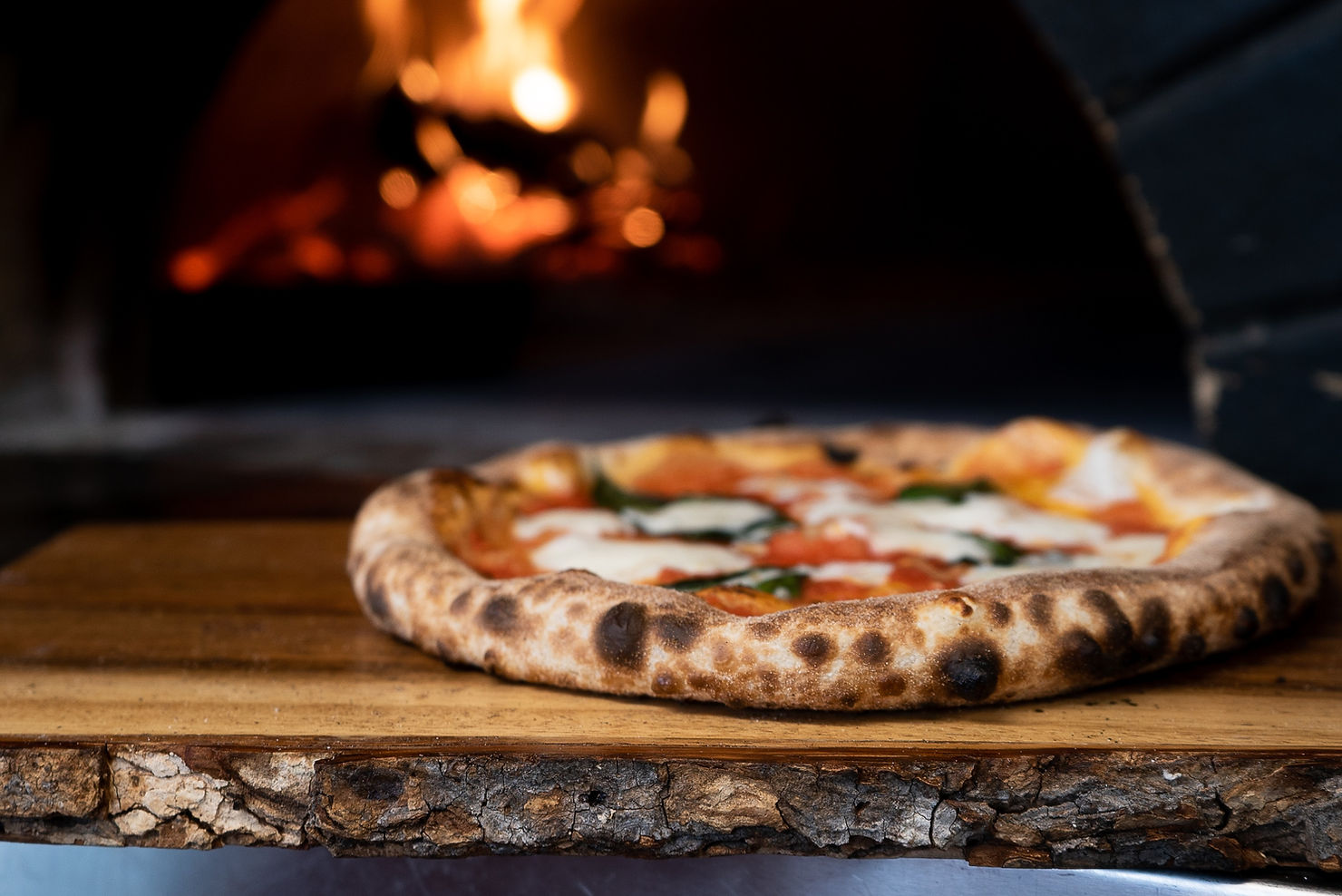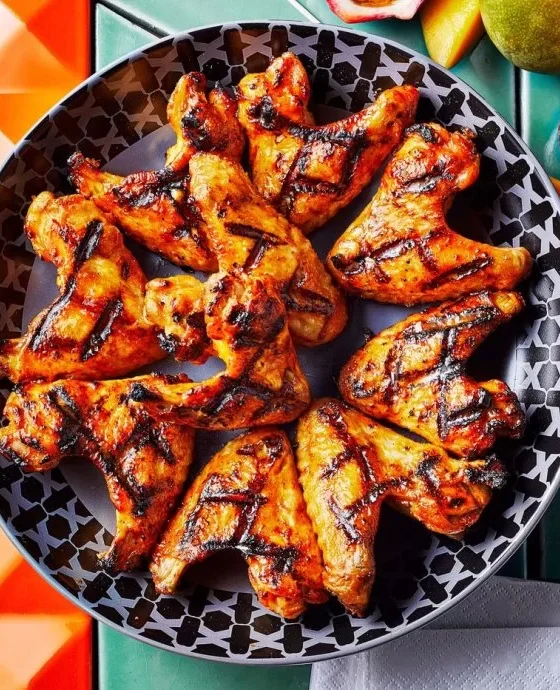A pizza made at home should be better than a commercial pizza. You get it fresh from the oven made with fresh ingredients and the combination of ingredients that you want, on a homemade crust, and with the care that is not possible commercially.

But there are tricks to the technique that will make that pizza genuinely excellent. A great pizza must have a great crust. A soggy crust will never do. Instead of piling the goodies on the uncooked dough, partially bake it first. Usually, about eight minutes will do.
Then pull it out of the oven, put the toppings on, and finish baking.

Don’t under-bake the crust. The crust is done when the bottom is partially browned. Use a spatula or tongs to lift one edge and peek at the crust.
Never use a light-coloured pan for baking a pizza. It will reflect the heat, and you will have a hard time baking the crust thoroughly.
A baking stone aids crust baking. Place the pizza stone in the oven 15 minutes before. We bake pizzas on a dark baking plate on the hot stone. Put the pizza low in the oven to bake the crust with radiant heat. Gluten may hinder pizza crust formation.
Gluten gives dough elasticity, so tight dough tries to bounce back. Go away after shaping the crust. After relaxing, you can finish the crust. Better pizza crusts have a uniform thickness. If you can’t spin the crust, roll it to 1/4 inch with a pin.
The crust will easily slide off a peel sprinkled with cornmeal or semolina flour. A strong cardboard or wooden cutting board might substitute for a peel.
Pan crusts are also possible. A rolling pin won’t fit inside the pan’s lips, but you can get a little one for rolling pasta. Try rolling with a tiny jar if all else fails.

If you don’t have time to make or buy your favourite sauce, a jar of spaghetti sauce will do. Homemade is better, but a good commercial sauce is okay.

Some people prefer tender crusts; we prefer chewy. For a tender crust, use all-purpose flour. Our favourite crusts are made with bread flour tempered just a bit with whole wheat, rye, or all-purpose flours.
For a great pizza crust, once the dough is kneaded, cover it and place it in the refrigerator overnight. The next day, remove the dough and let it rise on the counter. Allow plenty of time for the dough to rise to room temperature. At lower temperatures, the yeast produces a complex yeasty flavour that is very good.
Pizza dough that is just a bit on the wet side is easier to work with and makes a more superior crust.

Toppings can be anything you want them to be. Measurements don’t count though less is usually better. Olive oil makes a much nicer pizza crust than vegetable oil.
Grab the kitchen shears if you are having trouble cutting your pizza with a knife or pizza wheel. Bon appetite!









